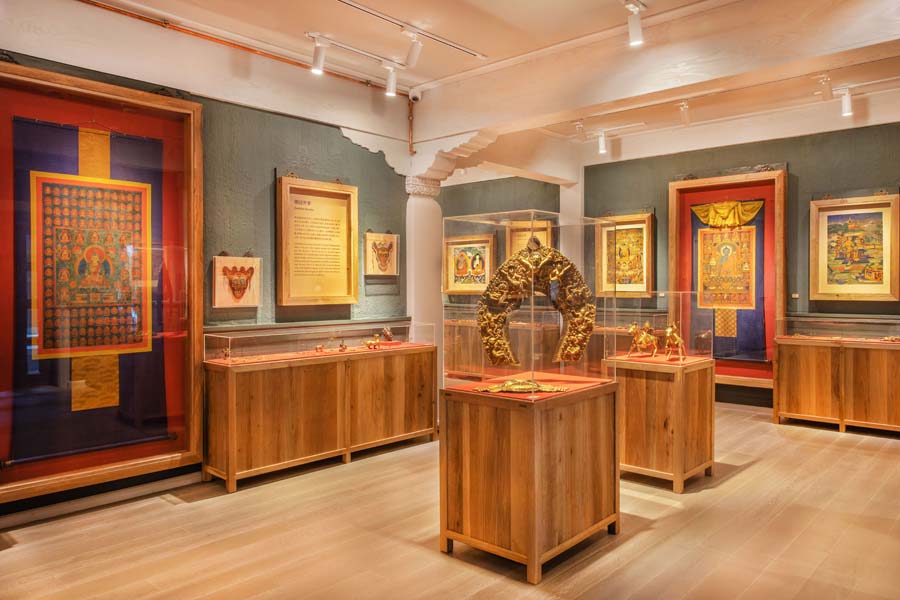
Songtsam Hotels, Resorts and Tours, an award-winning boutique luxury hotel chain in the Tibet and Yunnan provinces of China and sponsor of Asia Week New York, recently announced the official opening of The Songtsam Tibetan Art Museum within the Songtsam Linka Retreat Shangri-La.
Mr. Baima Duoji, Founder and Chairman of Songtsam and former Tibetan documentary filmmaker, is strongly committed to sharing the essence of Tibetan culture with the world, especially with guests who stay at the Songtsam properties. Baima has dedicated his life to educating others about the inspirational and life changing practices of Tibetan philosophy through experiencing the local culture firsthand. Baima, who is passionate about works of art and the stories they tell and is a collector himself, decided to establish The Songtsam Tibetan Art Museum, which will include his personal collection of antiquities. The unique museum will be open to the public as well as Songtsam guests.
Mr. Baima explained the vision for the museum: “The vision of Songtsam Group is to hope that guests from afar could learn more about this land through Songtsam. Songtsam Museum is also one of the ways for people to understand this land. Only when people are in close contact with this land can people truly appreciate the power they nurture with their lives when they think about and pursue beauty.”

The Songtsam Tibetan Art Museum, located in Songtsam Linka Retreat Shangri-La, is divided into two sections. The first floor houses Baima’s private collections, which all share a common theme of “craftsmanship and wisdom”. The second floor houses the thangka painting center, which displays a collection of religious scroll paintings with cultural significance to the Tibetan people. The beautiful colors of thangkas have evolved for more than 1,800 years and embody the history and traditions of Tibetan Buddhism. Guests will learn how the thangkas are revered as an encyclopedia of Tibetan culture and play an important role in meditation and worship. This exhibit also displays statues, Tibetan furniture, Buddhist decorations, and miscellaneous smaller pieces, totaling about 380 special objects. The most important parts of the collection include exceptionally rare artifacts, such as the thangka of the Panchen Lama Incarnation Lineage, Go Lotsawa of the 18th century and a 16th century statue of Buddha Shakyamuni.
